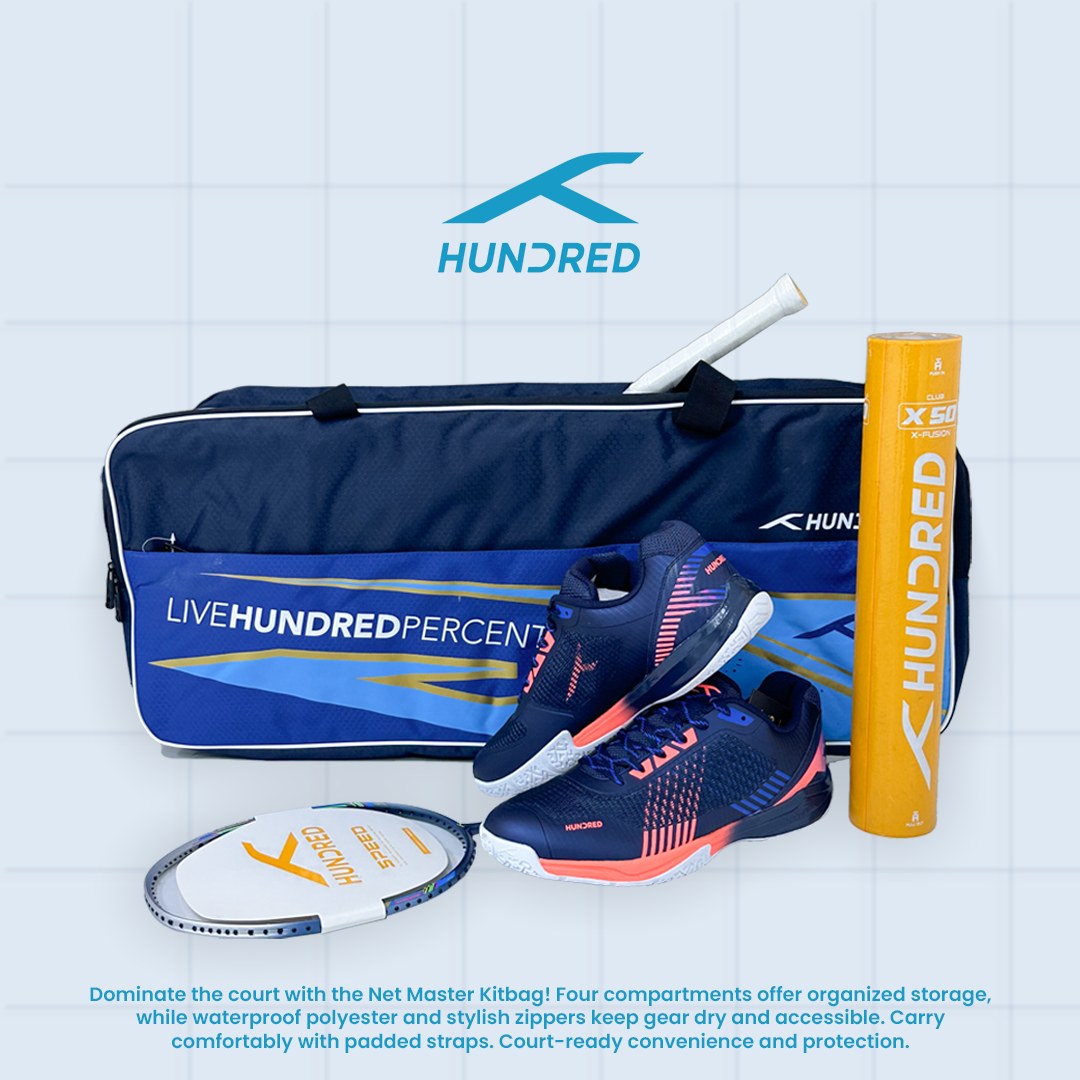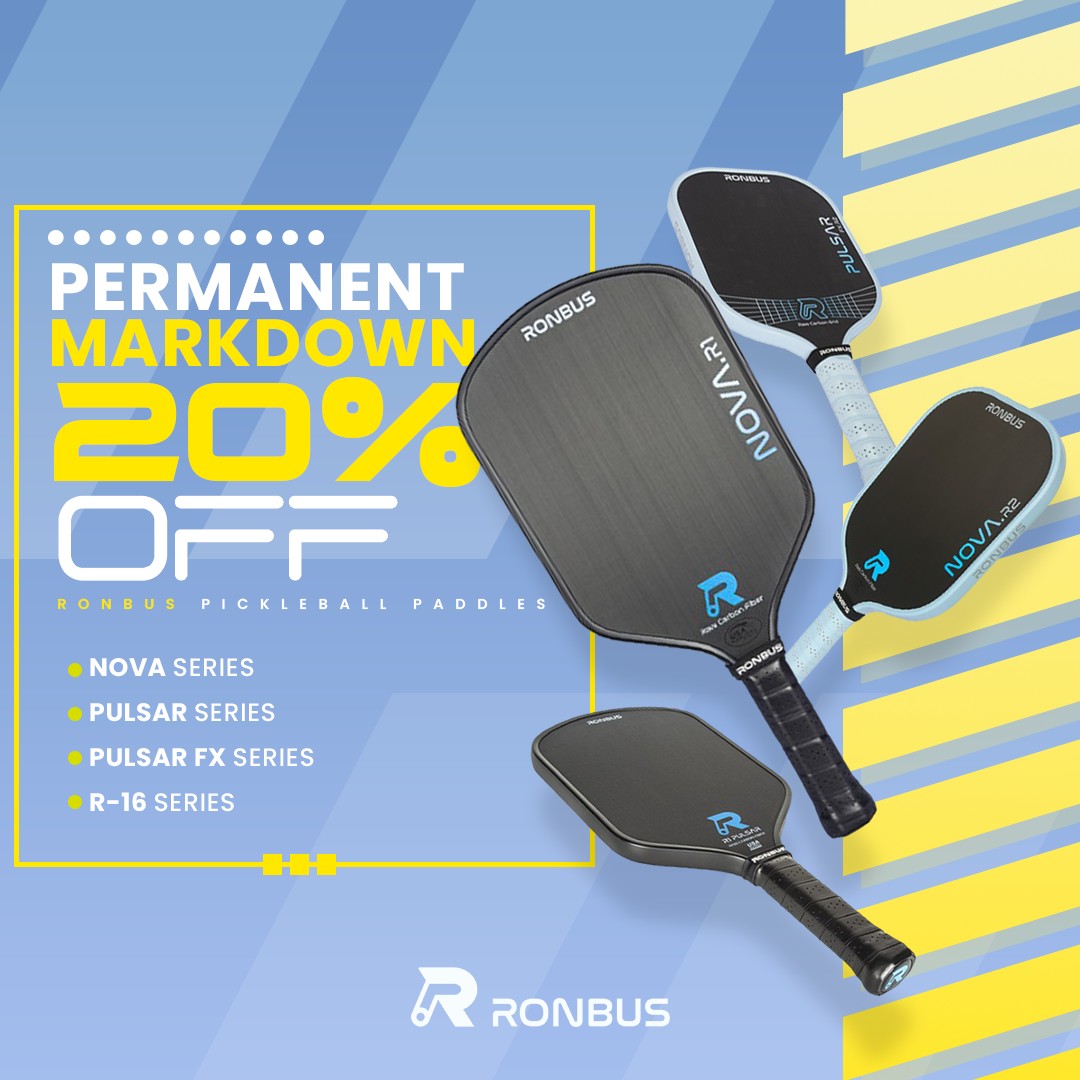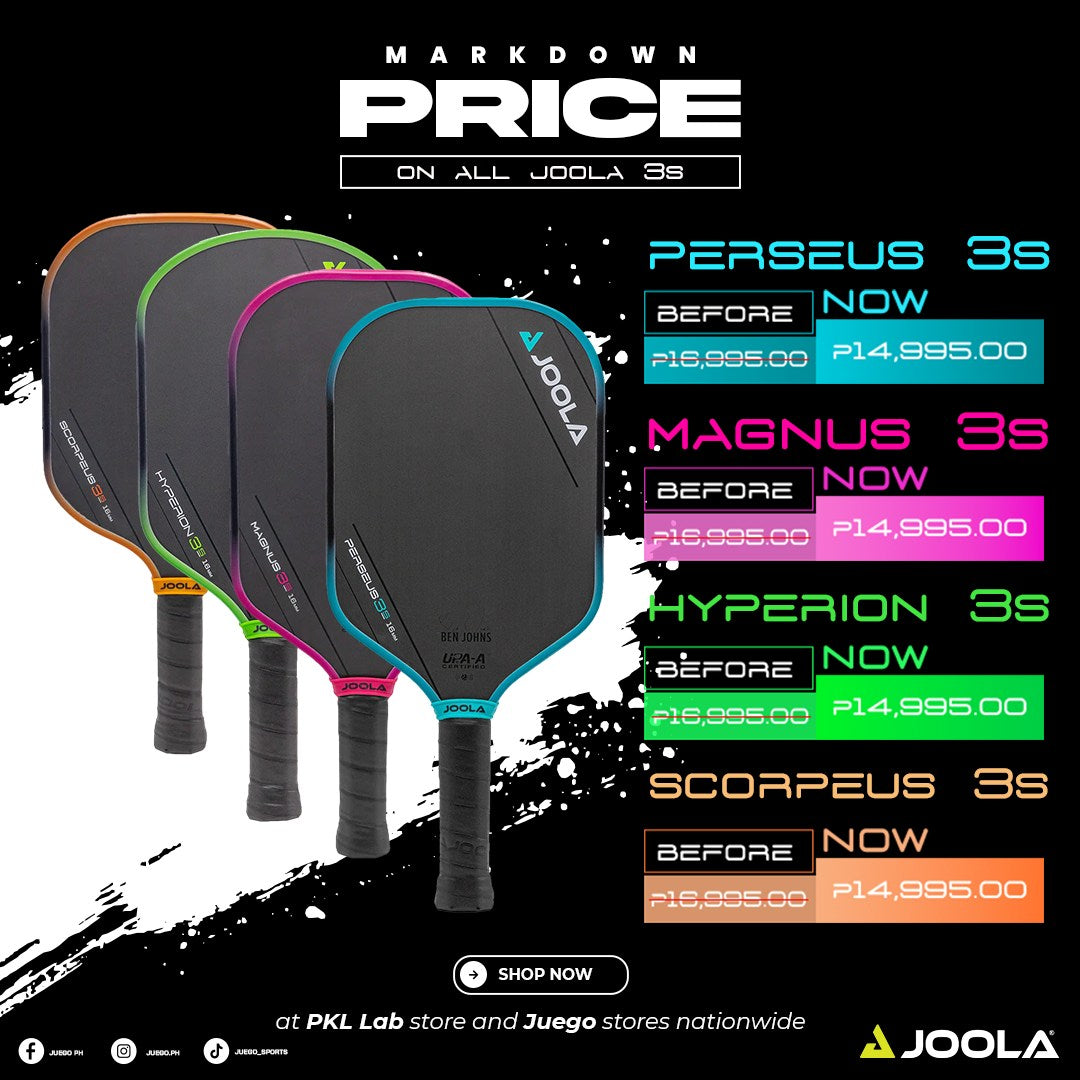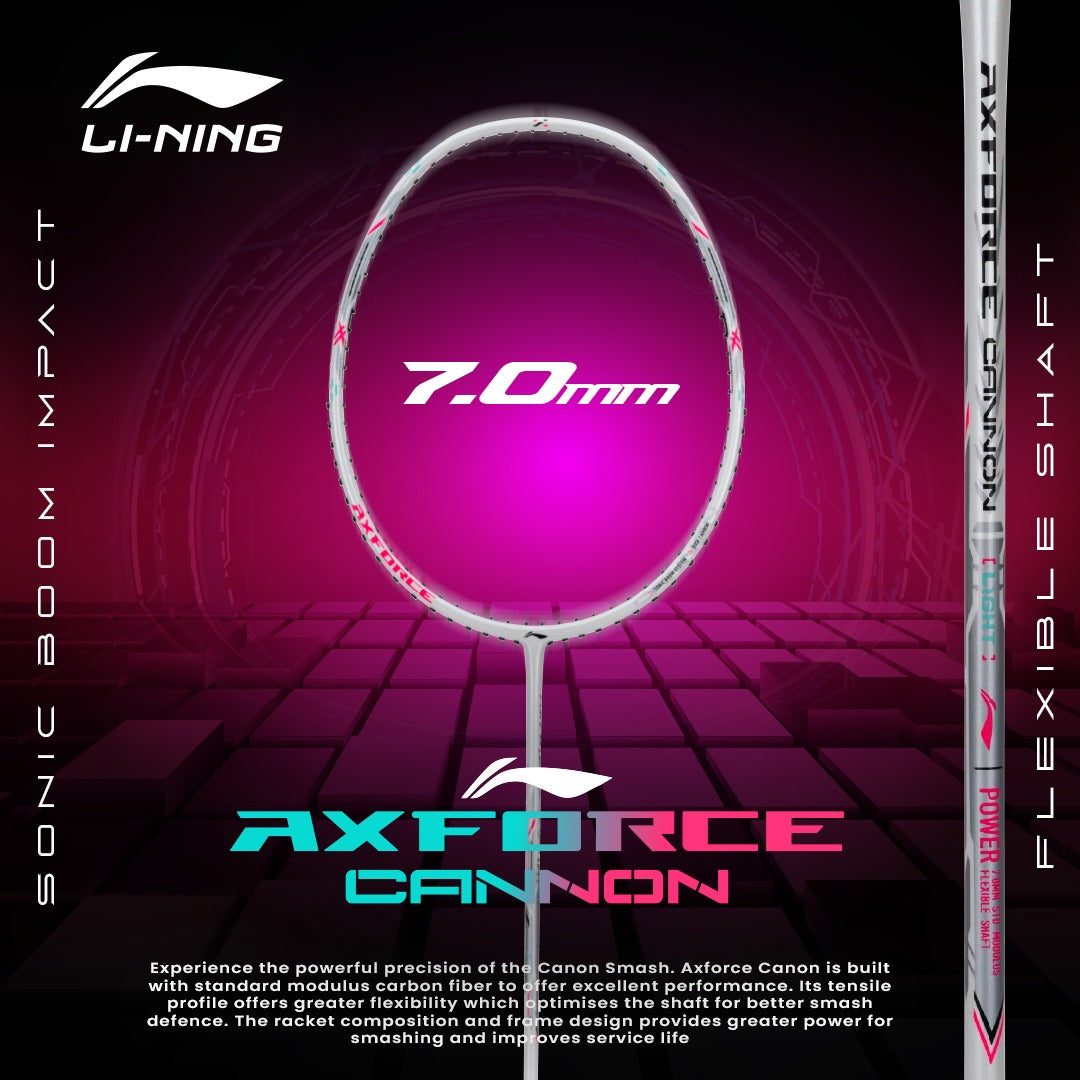The pickleball craze is sweeping the Philippines, and it's only getting bigger! To fuel the passion and support the ever-growing pickleball community, the team behind JUEGO SPORTS has officially opened its first-ever PICKLEBALL specialty store in Manila. 🥳
PICKLELAB Grand Opening at SM North EDSA ANNEX
Mark your calendars because February 21, 2025, marks a historic day for pickleball enthusiasts! PICKLELAB unveiled its flagship store at SM North EDSA, Upper Ground Level, Annex, bringing the world’s top pickleball brands closer to home. No more scouring the internet or waiting for international shipping — the best gear is now just a mall trip away.
Gear Up with World-Class Brands
Whether you’re a beginner or a seasoned pro, PICKLELAB has got you covered. The store proudly showcases elite pickleball brands like JOOLA, SELKIRK, SIX ZERO, RONBUS, VATIC PRO, DIADEM, HESACORE, ACACIA, FRANKLIN, SKECHERS, and many more. From paddles and grips to apparel and footwear, you’ll find everything you need to elevate your game.
Why This Matters for the Pickleball Community
The opening of PICKLELAB is more than just a retail launch — it’s a huge win for the pickleball scene in the Philippines. Having a dedicated store means easier access to high-quality gear, opportunities to connect with fellow players, and a stronger sense of community. It’s a step toward growing the sport and making it more accessible to everyone, whether you play casually or competitively.
Visit and Experience the Hype
Ready to level up your pickleball game? Head over to PICKLELAB SM North EDSA and immerse yourself in a pickleball paradise. Chat with knowledgeable staff, test out paddles, and find the perfect gear to match your playing style.
Let’s smash, serve, and rally our way to an even bigger pickleball future in the Philippines — and it all starts at JUEGO SPORTS and PICKLELAB! FUEL YOUR PICKLEBALL PASSION! 🎾
See you on the courts








